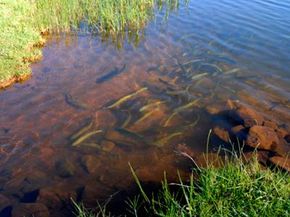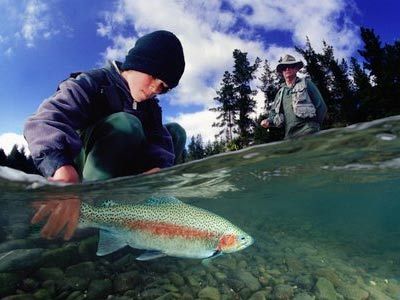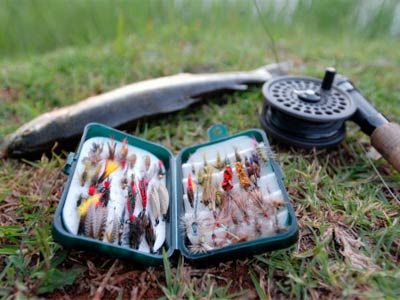Your seventh grade science class is falling asleep at the wheel, so to speak. You try a different method of teaching your kids about animal reproduction from the textbook daily. You are at your wits' end; nothing seems to bring their heads up from their desks. A fellow teacher listens to your complaints and suggests a good, old fashioned field trip. Why not bring your class to the local river to watch the trout spawn?
Trout spawning is a very exciting moment in the lifecycle of the trout, and it's sure to breed some interest among your students. If they've never been to a river to watch fish, or even if they've gone with their family on yearly fishing trips, the trout spawn is a perfect example of reproductive processes found in the natural world.
Advertisement
Trout develop from egg to fry in the rivers, tributaries or sandbars where they were deposited by their parents. As fry, the developing trout must learn to survive without the protection of shelter and must rely on themselves for food. From the fry stage, which generally lasts about a year, trout develop into parr. As parr, the trout remain in fresh water and accrue parr bars, which are vertical grown marks that appear on both sides of the trout. As the parr develop into smolt, they leave streams and rivers they were born in to mature in more rugged water and to prepare for spawning [source: GoFishBC.com].
Read on to learn more about when trout spawn.
Advertisement


